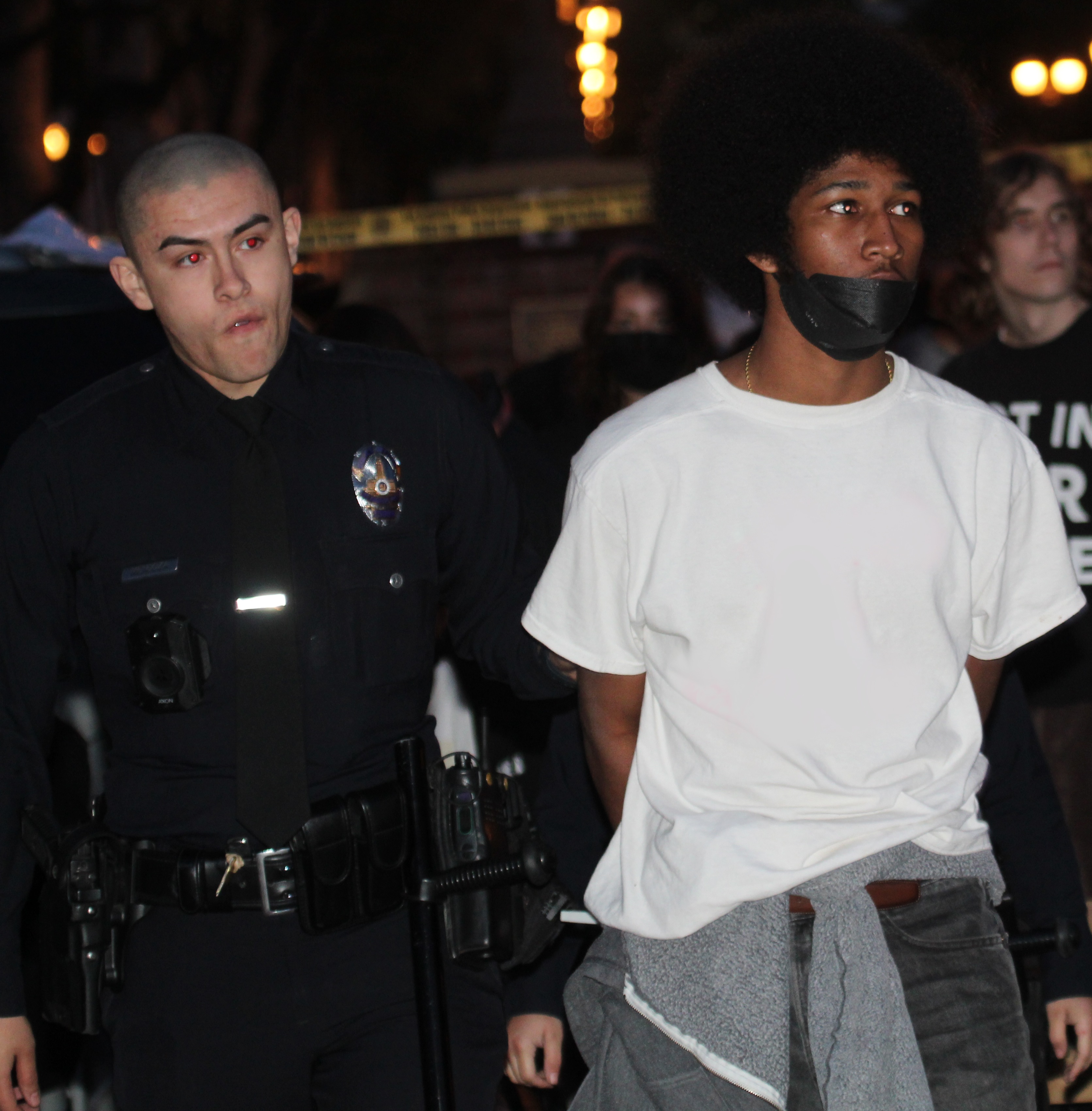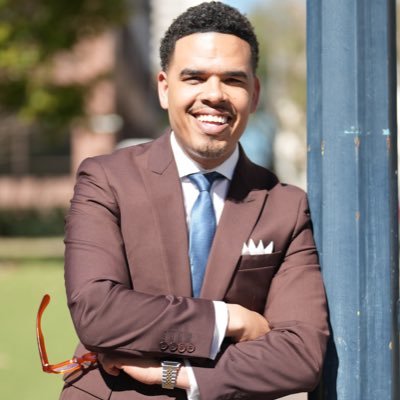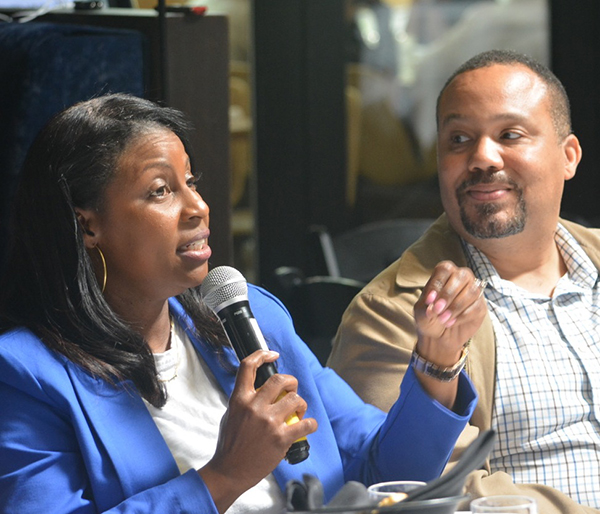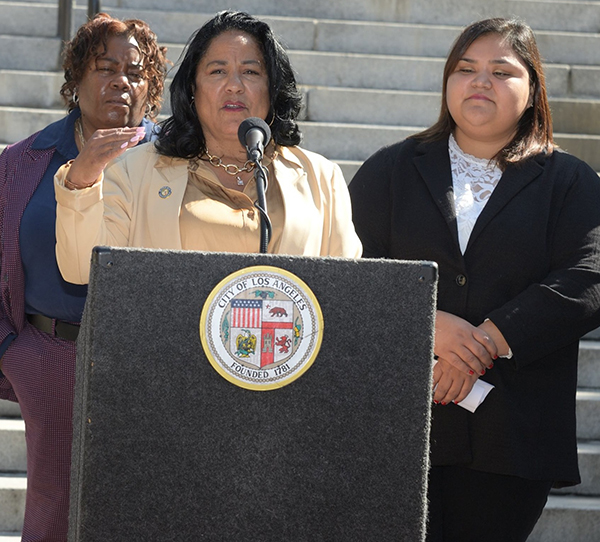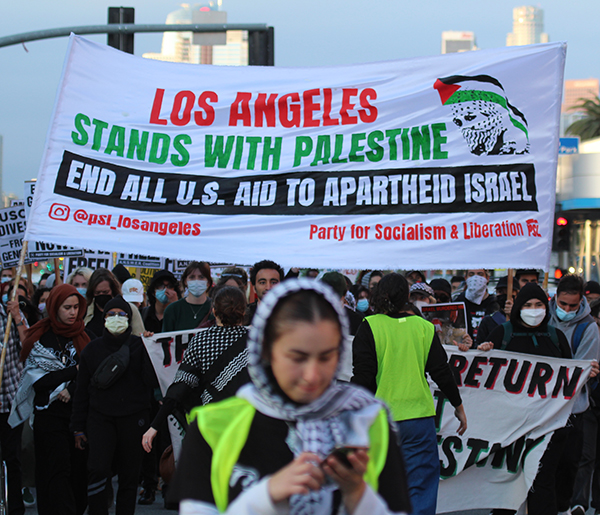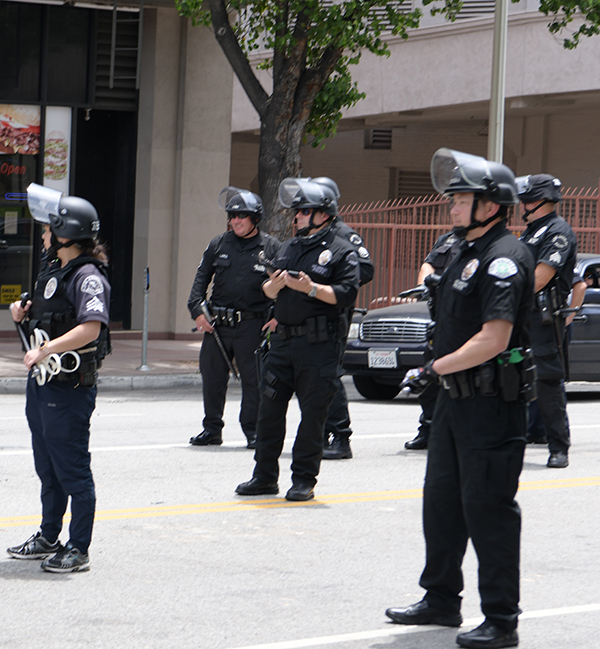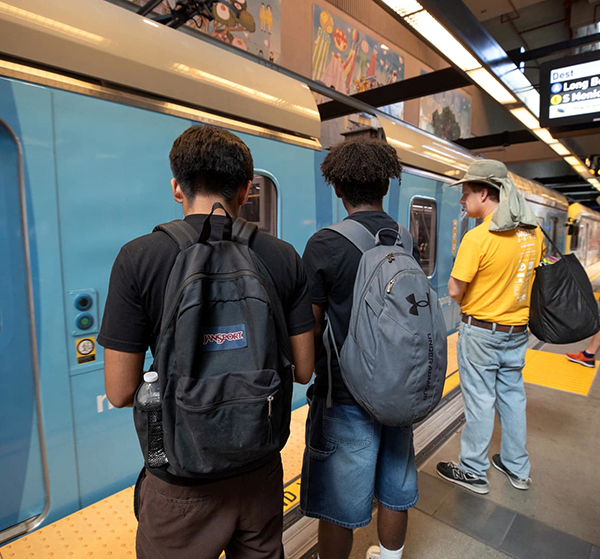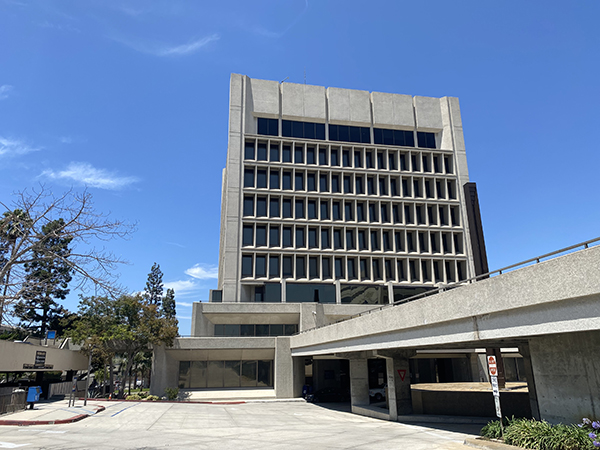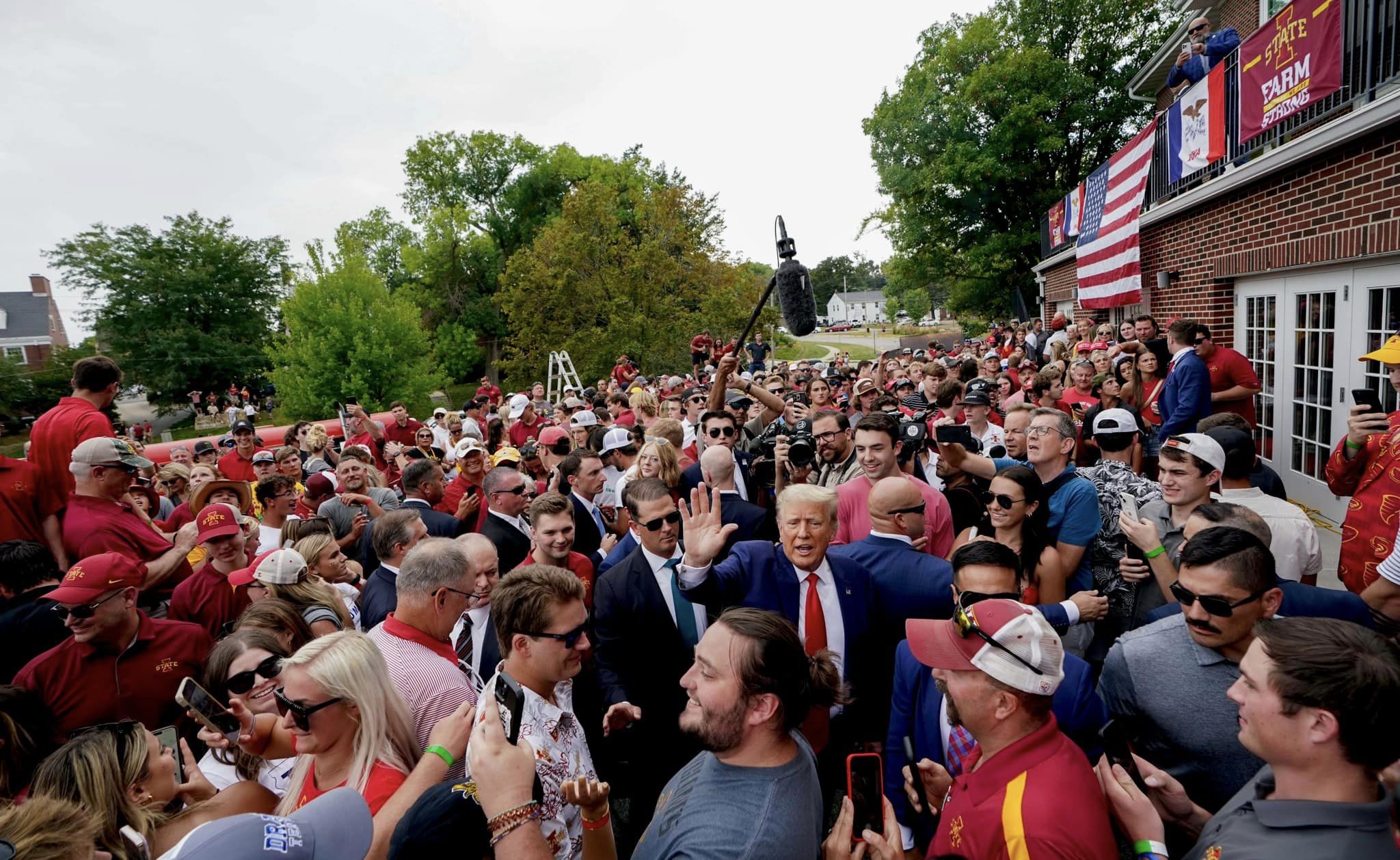By Earl Ofari Hutchinson
Contributing Columnist
One month after former President Donald Trump announced that he was a candidate for the 2016 Republican presidential nomination, he boasted in a campaign speech that he was the “law and order candidate.”
At the time, Trump was locked in a dual with Democratic presidential foe Hillary Clinton for the handful of swing states that would decide the White House. Trump wrapped himself in the law-and-order mantle as a blatant, naked and cynical ploy to appeal to his base of less educated, lower-income, white rural and blue-collar workers.
This is the first of a two-part series on the Republican Party and racism. It’s an excerpt from Earl Ofari Hutchinson’s latest book “Why the GOP Became a White Supremacist Party.”
“Trump’s single-handed effort to revive the slogan ‘law and order’ is the key to creating the perception of a new crisis of crime and violence;” observed National Public Radio writer Geoff Nunberg. “it weaves together assaults by those he calls radical Islamic terrorists, inner-city thugs and illegals. The racial overtones of the phrase are even harder to deny now than they were in the Nixon years when white radicals and students were part of the mix.”
It worked for him as it worked for Richard Nixon in the presidential election of 1968. Nixon made the slogan “law and order” and “crime in the streets” his signature themes. He was brutal and direct in one speech when he flatly said that the “solution to the crime problem is not the quadrupling of funds for any governmental war on poverty but more convictions.”
It was cold, calculating and cynical. But it resuscitated the career of the man many viewed as a hopelessly failed, flawed, has-been politician. It turned him into the frontrunner for the White House in 1968.
Nixon played hard on the urban riots, antiwar mass marches and riots, and campus takeovers that tore the country in the late 1960s to paint a horrific picture of an America in anarchy.
He ridiculed the thought that poverty, racial discrimination and social inequities were the root causes of crime, violence and ghetto unrest. His answer was a get tough and crack down on crime.
The crime, of course, that he meant was Black crime, and that meant more police, prisons, tougher and longer sentences, and a full-scale militarization of police departments. Nixon doubled down on this with a thinly disguised southern strategy in which he courted fearful blue-collar whites and unreconstructed racists in the South. He piled on a healthy dose of racially loaded code words such as “out of control big government,” “welfare cheats” and “permissiveness.”
The pitch gave Nixon a comfortable lead in the polls over his Democratic rival Hubert Humphrey for much of the campaign.
Trump knew that history in 2016 when he first snatched the page from Nixon’s playbook. He employed the tactic again during his 2020 presidential re-election bid.
The second time around with the law and order pitch the issue he latched onto was the destruction of buildings in several cities and the seeming inability of local police to stop the destruction. The subtle ingredients of racial hysteria were there again to try and make the pitch stick.
There were enraged masses of demonstrators. There were repeatedly TV-looped scenes of buildings and even a police station being torched. There was the demand to defund and, even more terrifying to some, abolish the police.
In 2016, Trump aimed to make his law and order sell to nervous, fearful white voters in the swing states and right-leaning independents. They were the ones Trump banked on to tip the scales in the crucial swing states in his direction.
He also got another foil as Nixon tried to make out of his Democratic presidential rival Hubert Humphrey in 1968. That was to tar the Democrats, and Joe Biden in particular, as a candidate and party that tilted, and pandered shamelessly to minorities, particularly Blacks, by allegedly stoking anti-police sentiment, with its kid-glove approach to Black Lives Matter.
He also played hard on the theme that Democrats relentlessly pushed for more spending on jobs, health and education programs. The not-so-subtle hint was that this was done at the expense of hard-working, law-abiding, white middle-class and blue-collar workers.
It was true that 2020 was not 1968 America with gun-toting Black Panthers and white student radicals tearing up American campuses and streets. That was the stuff that gave Nixon his fodder. It was also true polls showed that most Americans backed peaceful protests against police abuse and thought the police were heavier handed with Blacks than whites.
However, property destruction and attacks on police were a far different matter. That was especially true for voters in the heartland states and Florida that Trump needed to win again.
The polls that showed Biden beating Trump handily at various points during that year’s campaign could have easily changed if Trump had succeeded in pounding a message that touched the fear and rage of his supporters in those states.
The recycling of Nixon’s law and order ploy was another stark reminder that presidential history often repeated itself. When Trump bellowed his law-and-order shout, he was just stealing the script from Nixon that sadly did much to land him in the White House.
Trump gambled in 2020 that it would put him back in the Oval Office again. That time it didn’t quite work. But it certainly wasn’t for lack of trying.
Earl Ofari Hutchinson is an author and political analyst. He also is the host of the weekly Hutchinson Report on KPFK 90.7 FM Los Angeles and the Pacifica Network.

